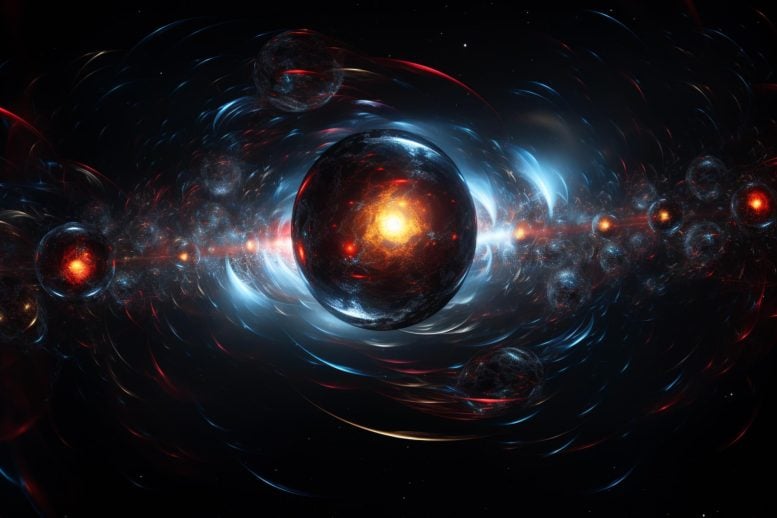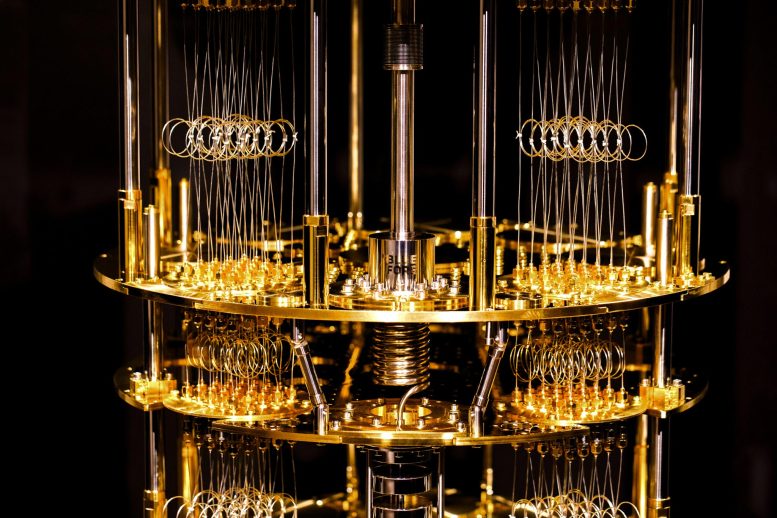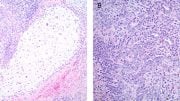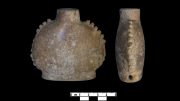
The DarkQuantum consortium, comprising global institutions, is leveraging quantum technologies in a quest to uncover the mysteries of dark matter by detecting the elusive axion particle.
Aalto University researchers will probe the secrets of dark matter using a quantum detector of unprecedented sensitivity.
In the vast darkness of the cosmos lurks an invisible kind of matter. Its presence is seen in the rippling ebb and flow of galaxies, but it’s never been directly observed. What secrets lie beneath the surface, brewing in the deep?
Physicists have long theorized about the composition of dark matter, which is thought to be five times more abundant than regular matter. Among competing hypotheses, one particle has emerged as a promising candidate: the axion.
DarkQuantum Consortium’s Quest for Axions
Scientists at Aalto University are setting out on a six-year project to find evidence for the existence of axions. They will do so as part of a newly founded consortium called DarkQuantum, alongside researchers at the University of Zaragoza, who are coordinating the project, as well as researchers at the French National Centre for Scientific Research, Karlsruhe Institute of Technology, and other partner institutions.
This new consortium will be the first to use the latest quantum technologies to build sensors with unprecedented scanning sensitivity. DarkQuantum was awarded €12.9 million on October 26 by the European Research Council, of which roughly €2 million is set aside for Aalto University Senior Lecturer and Docent Sorin Paraoanu and his Superconducting Qubits and Circuit QED (KVANTTI) research group.

Researchers will utilize quantum technologies to develop one of the world’s most sensitive detectors ever built. Credit: Mikko Raskinen/Aalto University
“We are peering into a deep, dark pit. If it exists, the axion goes beyond the standard model of elementary particles,” Paraoanu says. “Such an observation would be comparable in significance to the Higgs boson discovery in the early 2010s. But at least with the Higgs boson, they knew where to start looking!”
“The nature of dark matter is one of the biggest mysteries in modern science,” adds University of Zaragoza Professor Igor Garcia Irastorza, who also heads the DarkQuantum consortium. “If dark matter is made of axions, we have a real chance of detecting it with this project.”
Although there have been attempts to observe axions in the past, this latest endeavor will capitalize on quantum phenomena to enable researchers to better filter out noise and repeat their experiments with greater fidelity. That’s where Paraoanu and his team come in.
Moving Mountains
Zoom into our small corner of the Milky Way galaxy, deep under the mountains spanning the border between Spain and France. This is the site of the Canfranc Underground Laboratory, which will house a high-frequency sensor the DarkQuantum researchers plan to build. The other, low-frequency sensor will be located at the German Electron Synchrotron (DESY) in Hamburg.
Paraoanu and his KVANTTI group are primarily responsible for building and tuning the high-frequency sensor, as well as writing the algorithms and software to use it. This sensor, called a haloscope, will probe the depths of the galactic halo in search of axions.
Putting the sensor deep underground helps eliminate cosmic background radiation, and it may offer a unique opportunity to simultaneously study certain noise-reduction techniques for quantum computing.
“Our high-frequency sensor will be 10-100 times more sensitive than previous iterations, and it will be able to scan on the scale of a few microelectron volts. It will use superconducting qubits—the same qubits used in quantum computers—but they will serve in a different role as detectors in this haloscope,” Paraoanu says.
Previous attempts to detect axions have used linear amplifiers, which tend to introduce noise and effectively absorb particles into the system. Paraoanu’s sensor will rely on quantum nondemolition measurements, which will allow for repeated experiments with the same particles.
“The theory suggests that, in an ultra-cold environment, we can introduce a magnetic field that will cause any axions present to decay into photons. If we detect any photons in the cavity, then we can conclude that axions are present in the system, and that they do indeed exist,” Paraoanu says.
Such an observation would be comparable in significance to the Higgs boson discovery in the early 2010s.”
— Aalto University Senior Lecturer and Docent Sorin Paraoanu
Synergy Grant
The European Research Council’s Synergy Grant is prestigious, and Paraoanu and his team are only the second in Aalto University’s history to receive the grant—the first was awarded to Professor Risto Ilmoniemi for his ongoing ConnectToBrain project.
The six-year project will be broken into two parts: a four-year scaling up phase, which includes the construction, tuning and transportation of the haloscopes; and a two-year experimental phase, in which the team will gather data. Paraoanu expects to have openings for several researcher positions in the project in the coming years.
Other partner institutions named in the Synergy Grant include the Max Planck Society for the Advancement of the Sciences, the Polytechnic University of Cartagena, and the Spanish National Research Council.
Paraoanu and the KVANTTI research group will carry out their work using OtaNano equipment. OtaNano is Finland’s national research infrastructure for micro-, nano-, and quantum technologies. Specifically, Paraoanu will perform his work at the Low Temperature Laboratory, founded by Finnish physicist Olli V. Lounasmaa. Paraoanu is also involved in InstituteQ and the new Finnish Quantum Flagship (FQF).









To explain my thieroy I had to invent a new phrase, I think that what this experiment of finding the dark matter axion is going in the wrong direction meaning dark matter is only observable in space, hence my new phrase (Enigma Translucent) could fit a family of phenomenon. Dark matter would consist of totally depleted subatomic matter that can not be excited for detection no viable particle matrix, no matter how sensitive a detector or magnetic field the quantum particle will not retain any charge or reflection, then there is Time it does exist but there is no particle it’s a phenomenon of measure which has been proven to only to exist as a forward (future) direction but time still exist as and blanket of past information data. Also a reflection is a bounced image etched in light has no particle ,in remembering an image it’s like bending and molding to form imaginative frame picture. there are plenty of examples that can fit my phrase and can be explained thru (enigma translucent phenomenon )
Remember, axions are only theoretical. They’re exciting because of their theoretical beyond-the-standard-model hype. Finding such a thing makes you famous.
Another possibility, from a view of String Theory, is that Dark Matter appears to us as an effect of string/anti-string annihilations. As you may know, quantum mechanics requires that strings must be formed as pairs in the quantum foam – a string and an anti-string – that immediately annihilate each other. Quantum mechanics also requires both the string and anti-string to be surrounded by “jitters” that reduce their monstrous vibrating energies. What if this jitter remains for a fraction of an instant after their string/anti-string annihilations? This temporary jitter would be seen by us as matter, via E=mc2, for that instant before it too returns to the foam. That’s why we never see it – the “mass” lasts only for that instant but is repeated over and over and over, all over. Specifics on this can be found by searching YouTube for “Dark Matter – A String Theory Way”
Had another thought about dark matter, if an practical of matter were to lose its electron would the practical still show a charge state as is needed for detection with any instruments used, a fully depleted state. it may show in a radio frequency like a radar bounce.
Maybe if possible Entangled harmonic wave beam thru dark matter may show a sign